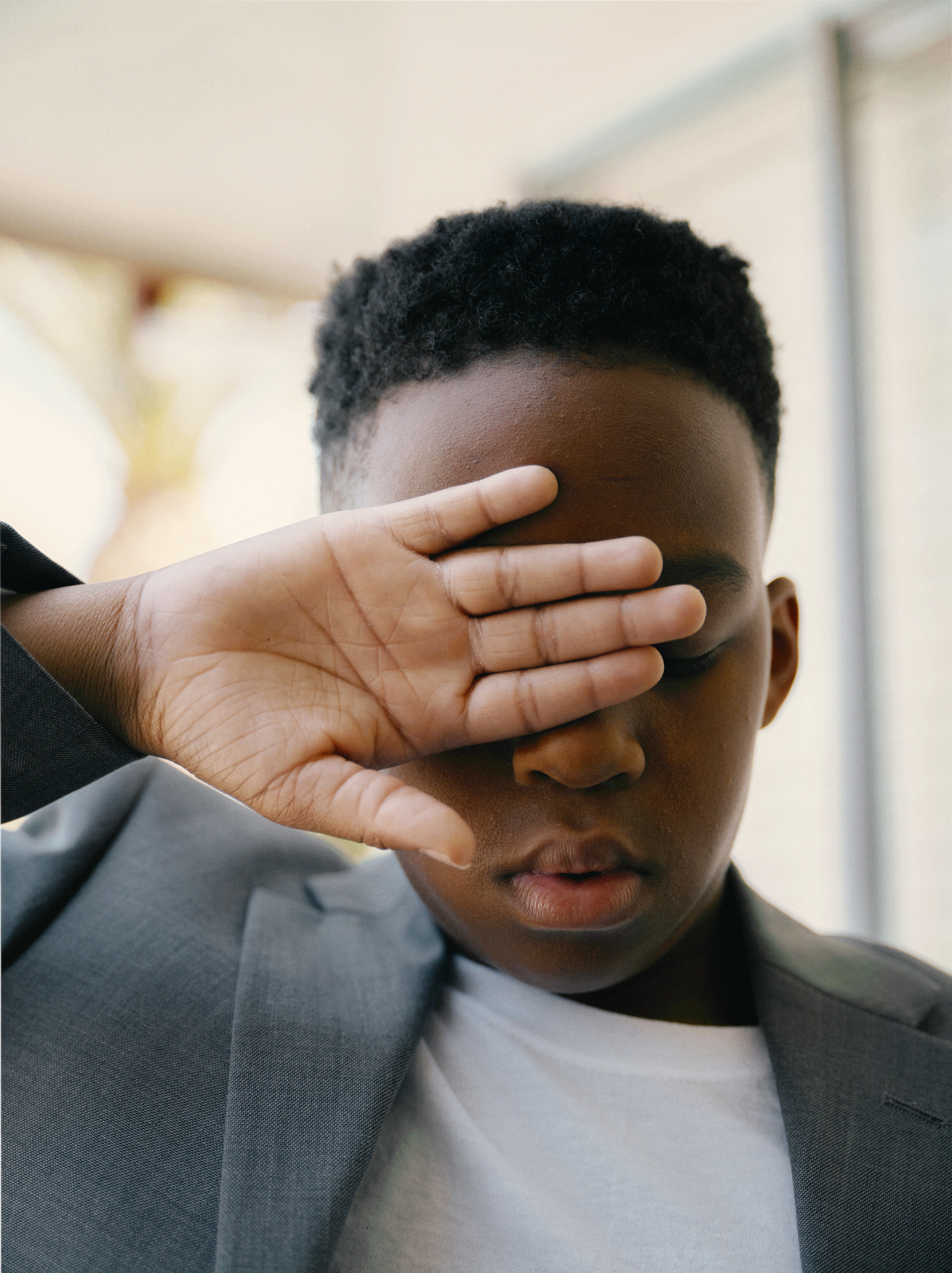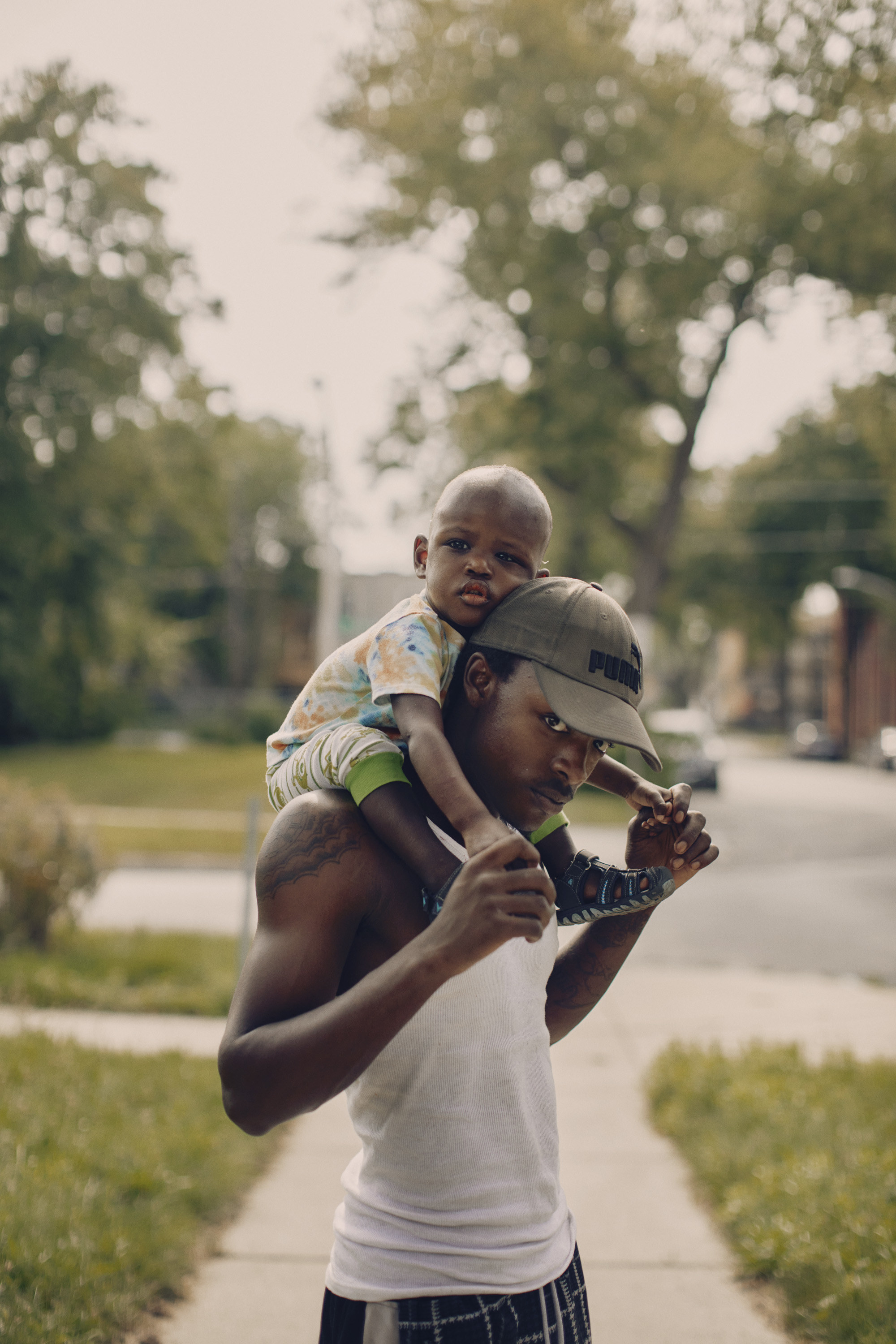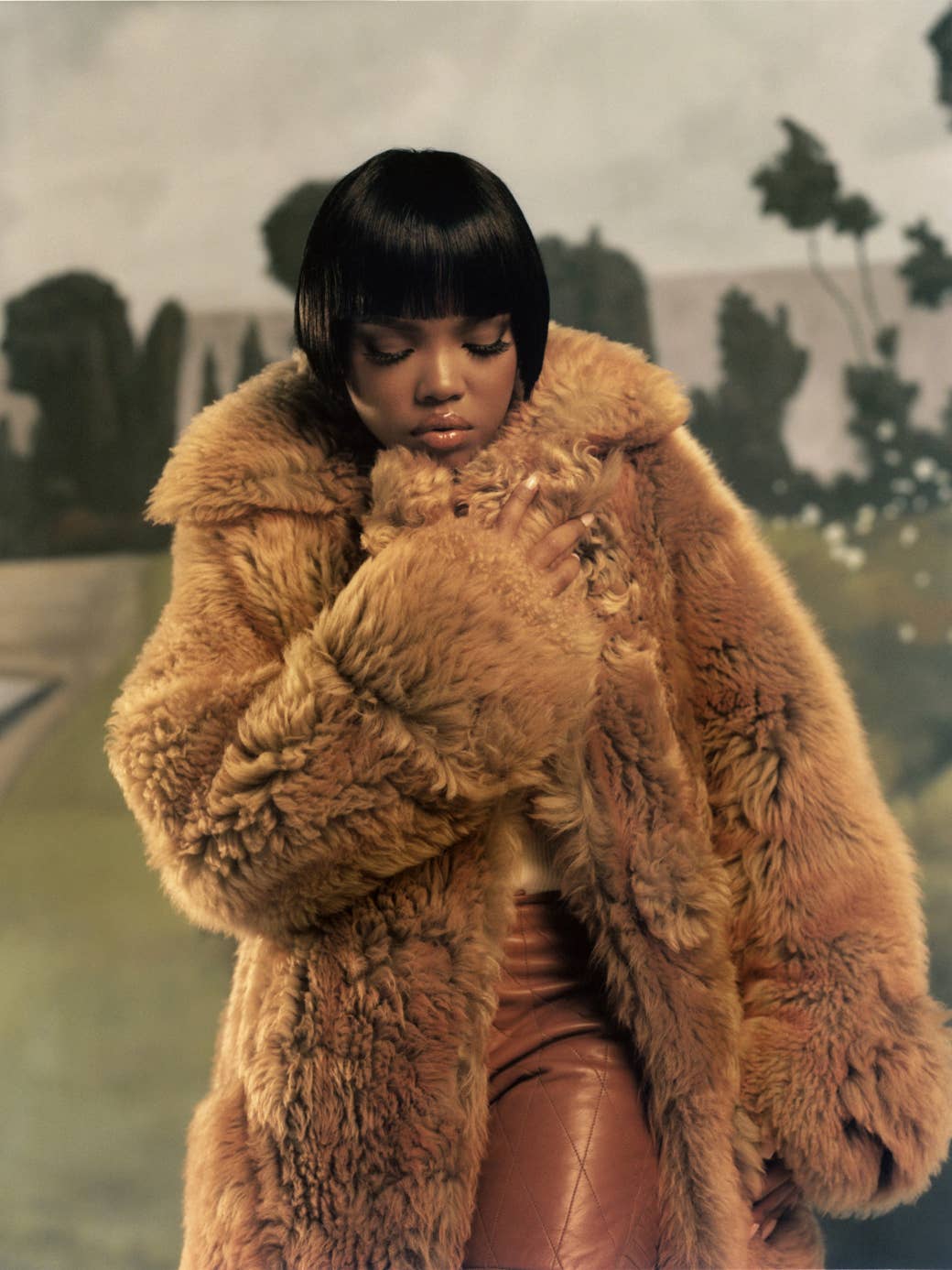
Editorial and fashion photography are often portrayed as at odds with each other, as though appreciating one means you could not possibly understand the other. Obviously, photographers from each side borrow heavily from the other, but the myth has persisted nonetheless. A recent personal project by Micaiah Carter shows how by combining elements from each, you can elevate everything about your work.
Carter is the kind of photographer who somehow makes Pharrell and Taraji P. Henson feel like just some cool kids who stumbled into his backyard and happened to do a fashion shoot. A part of the highly regarded New Black Vanguard, he already has an enviable celebrity portfolio and has worked with major brands.
After the death of his dad, who was a major influence on his early work, Carter turned his camera toward his family for the first time. He used his background in fashion to create a space where intimate scenes could unfold, not candidly exactly, but not posed either. Usually based in New York, Carter spent time during the pandemic in his hometown in California, staying in a rented house similar to the one he grew up in. The resulting photos examine the quiet moments of joy in Black family life, mixed with some of his more daring fashion work. They are now on display in American Black Beauty Vol. 1, his first solo exhibition in New York. Carter took the time to talk with us in a phone interview about representation, his father, and what it means to be home.
This interview has been edited for clarity.
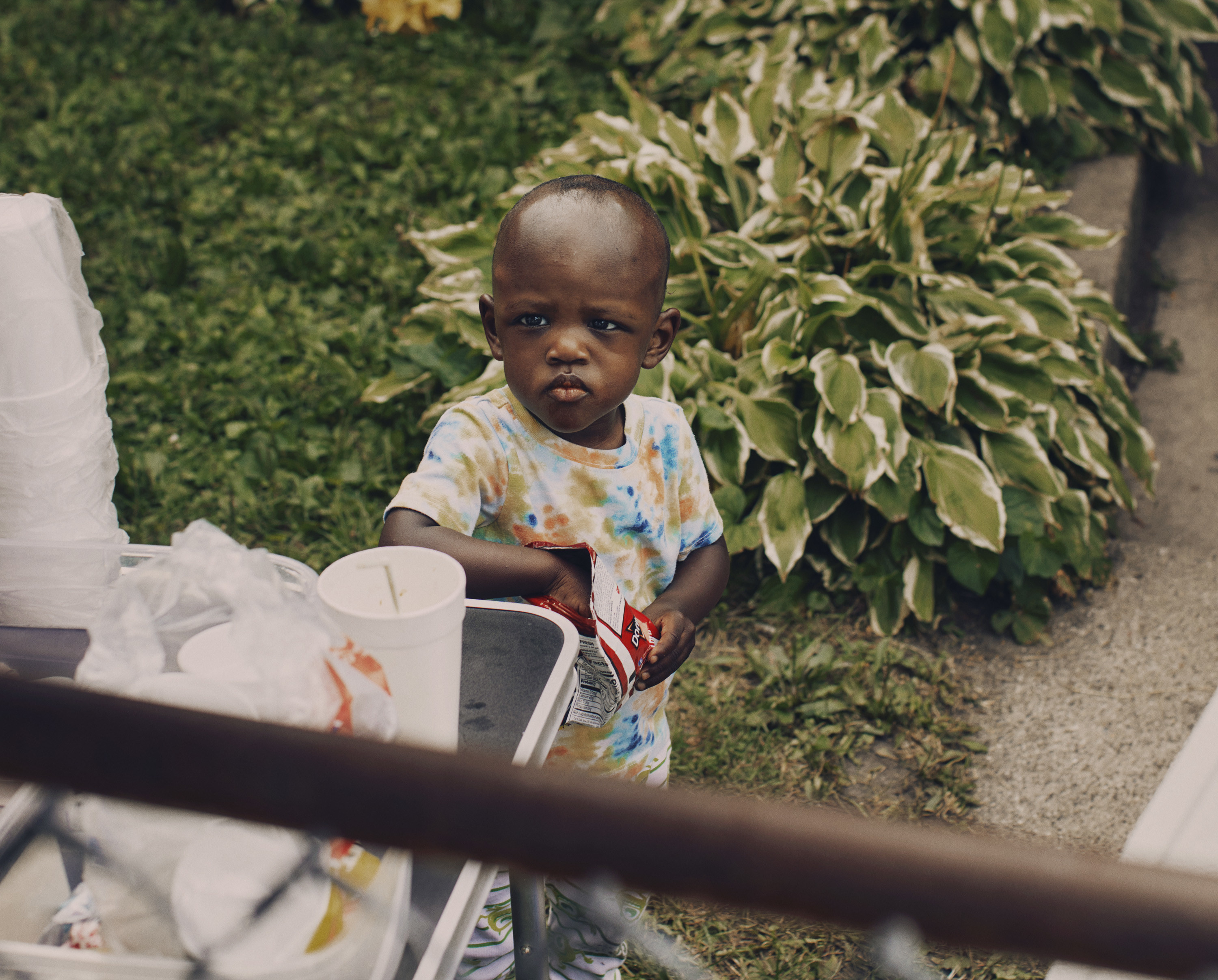
Let's start at the beginning, tell me about your dad and tell me about this project.
When he passed, I wanted to just get back into my work and connect more with my family. I also think I wanted to connect with my younger self. That was a big part of what I was doing, photographing my nieces and my nephews and my brothers, because I never really spent that much time around them growing up. It gave me a chance to process what I was going through, and also to be able to be creative with them, which was a new thing.
A lot of the work that I was shooting before was fashion work, but it was inspired by my dad. I wanted to combine the new fashion work that I had created in honor of him, but then also combine the more personal work as well.
Is your dad how you got into photography?
Kind of. It was half because of him and half because of me growing up on social media. There, I got to see images that I never got to see where I'm from, which is a small town in California. It opened my eyes up to what creativity could do with photography, especially with fashion photography.
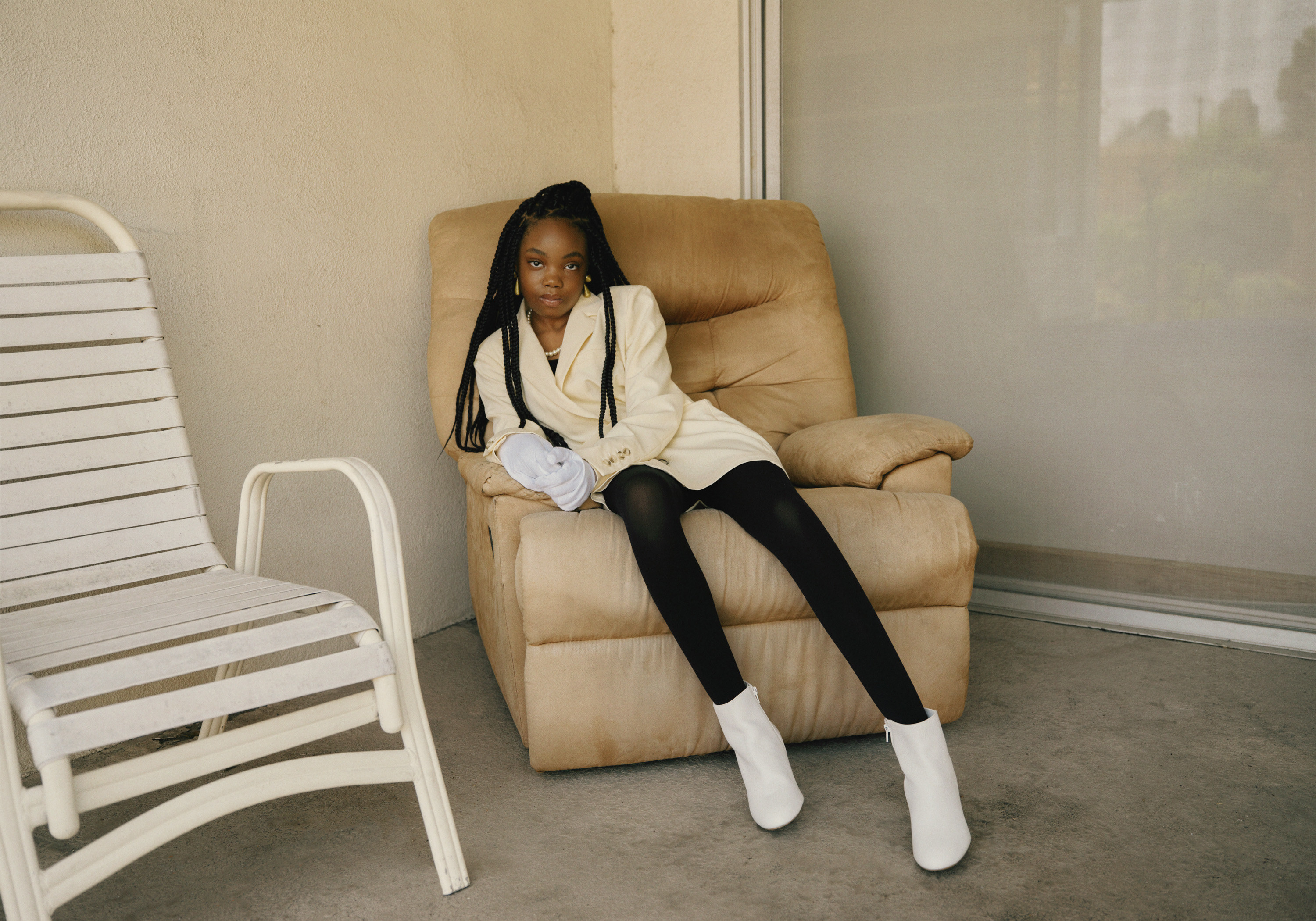
You've gotten some good recognition for your fashion photography. You've been in the New Black Vanguard. You've worked with all kinds of amazing clients. Can you talk a little bit about your fashion photography and how this project is different?
It's more personal. I wasn't thinking in that headspace, it reminded me of how I was shooting in college. I just wanted to create images that spoke to not only me, but that I had representation of all types of people, all types of hair textures, all types of people that I grew up with. I wanted to see more of that in these artistic and fine art spaces. So I chose to go that way.
Can you talk about an image that you really feel encapsulates the whole project?
The photo of my brothers and my two nieces — that was the one where I said, you know, this is what I want to create. I felt like a part of it. I felt like I was really diving deep into what my connection means and celebrating my brother's connection of being a single father to his kids.
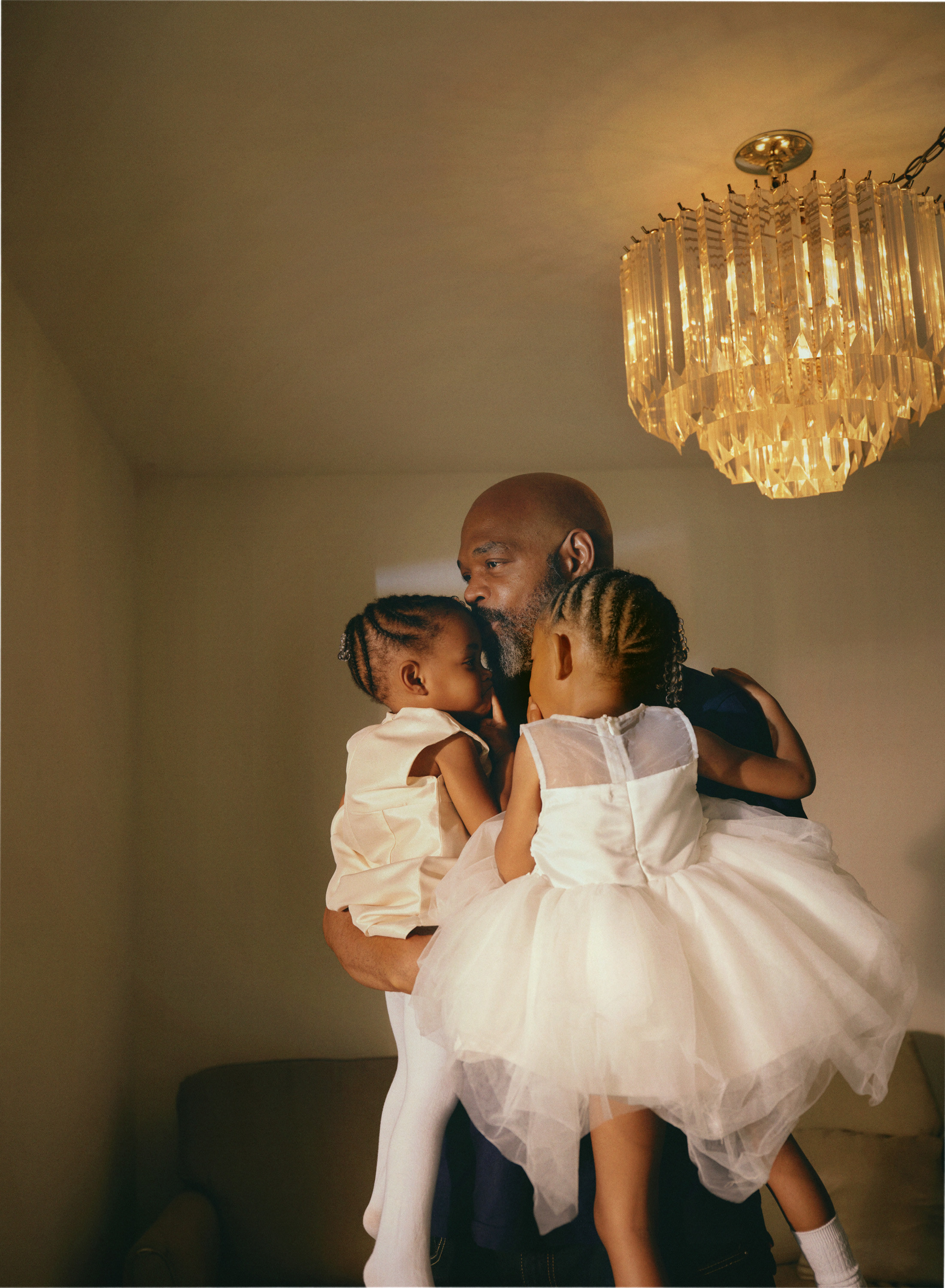
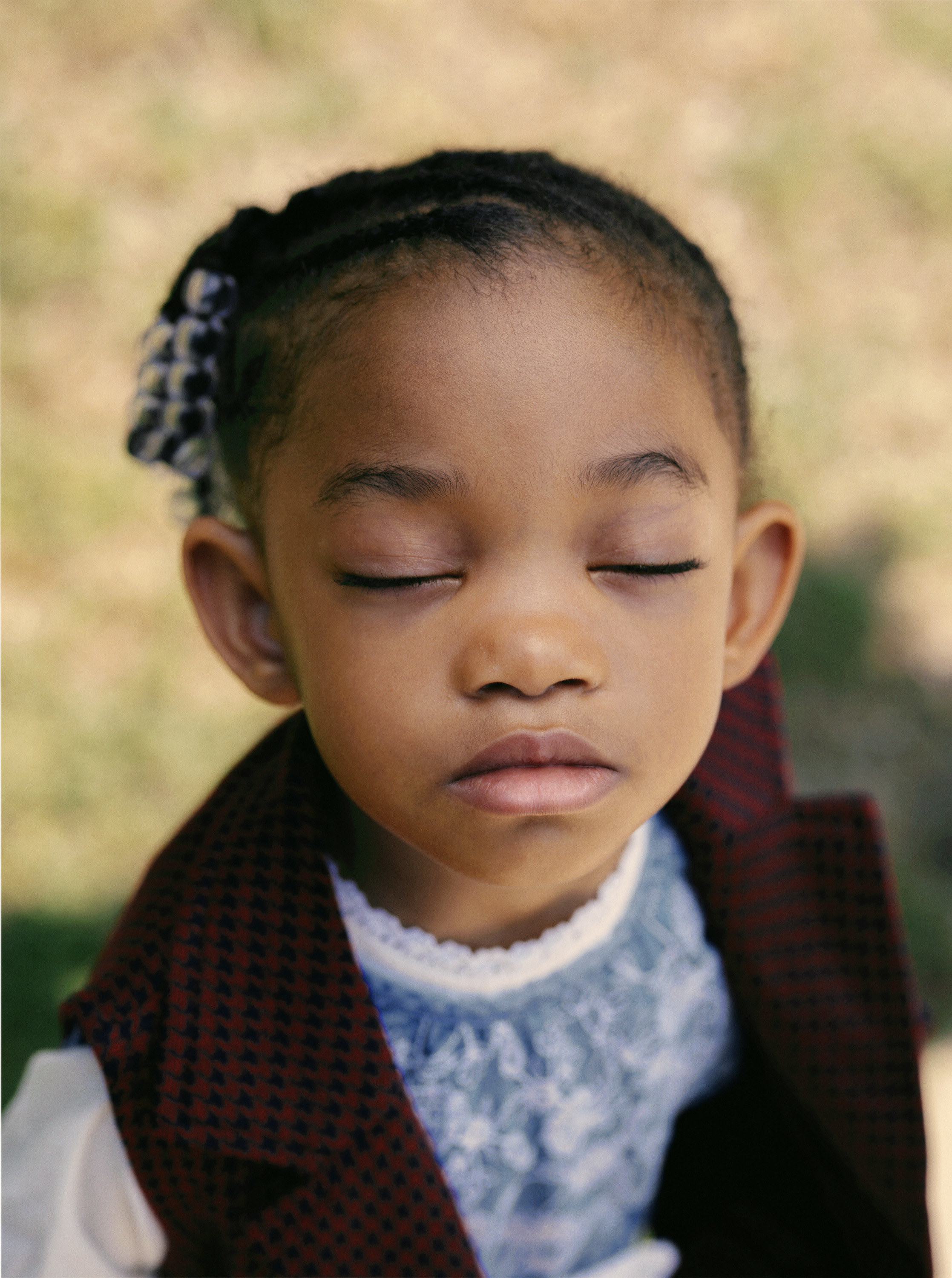
How did your family react to you taking pictures of them?
They've been supporting me throughout my whole career. It's kind of like a full-circle moment. It's actually really beautiful.
Can you talk a little bit about what future you're hoping to see for young Black kids?
For them to see themselves, not in a way that people assume [they should be], but what they bring to the table — from their own discoveries and from their own enjoyments and hobbies and really broadening the spectrum of what people think a Black person or a Black kid should be.
How did you work that into your pictures?
By being honest and putting myself in their shoes. I wanted this to feel like if I was them, what would I wanna see? What would I miss out on in my representation growing up? I think that was like the core of that.
Are you going to keep documenting your family in this way?
It's like a whole new way of how I want to approach my work, my personal work. That's why it says “Volume 1,” because I'll be working on this until I feel like I really told the story, the full story, that I want to tell.
Can you give a preview of what is the story you want to tell?
Cherishing the American Black view. I came up with the name [of the project] during the George Floyd protests, and all that was happening during 2020. I almost felt a lack of Black Americans being seen and showcasing what that really is like in America. That made me start thinking about my nieces and about my family and where my lineage came from. I want people to feel like they see themselves, or they see a part of themselves, they see a family member, just something that they can relate to, that's very honest and very straightforward.
I want them to feel like they're at home. That's the goal, especially for Black people. I want them to feel like they're at home and they can relate to all the things that are common in the American Black experience.
